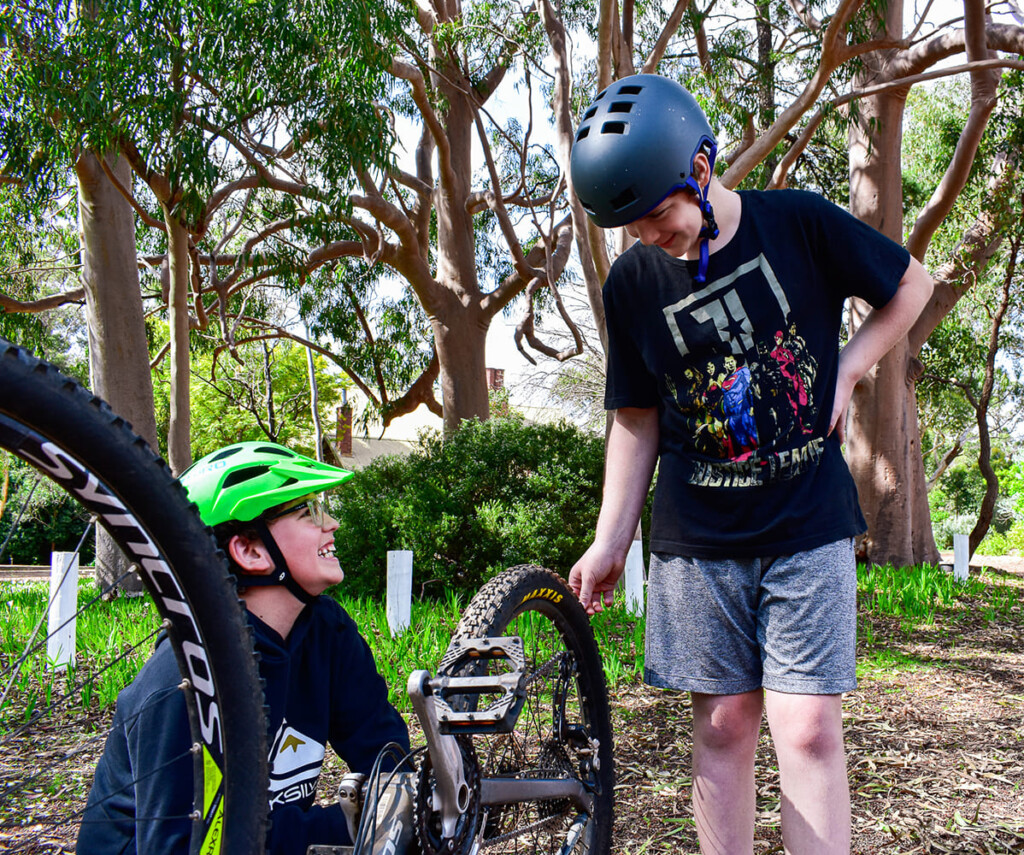
When students are engaged, they learn more effectively, retain information better, and develop a genuine interest in their studies. A well-designed curriculum should not just cover required content but actively foster curiosity, critical thinking, and problem-solving skills. Unfortunately, many traditional curriculums focus heavily on rote memorisation and rigid structures, which can disengage students and hinder learning outcomes.
Traditional vs. Modern Approaches to Curriculum Design
Traditional curriculums often rely on standardised assessments, textbook-driven instruction, and one-size-fits-all teaching methods. While these approaches may provide a structured framework, they often fail to capture students’ attention or cater to their individual needs.
Modern curriculum design, on the other hand, prioritises engagement by incorporating technology, experiential learning, and student-centred teaching methods. These approaches help students connect with the material on a deeper level, making learning more enjoyable and effective. For example, incorporating project-based learning allows students to explore real-world problems, fostering creativity and collaboration.

The Role of Student Interests in Curriculum Development
One of the most effective ways to engage students is to integrate their interests into the curriculum. When students see the relevance of what they are learning, they are more likely to be motivated and involved. For instance, a student passionate about environmental issues will be more engaged in a science lesson that explores sustainability rather than one that simply covers textbook concepts.
Teachers and educators should have the flexibility to adapt lessons based on student interests. A curriculum that allows for student input fosters a sense of ownership over learning, leading to better outcomes. This approach also encourages lifelong learning, as students develop a natural curiosity about the world around them.
Hands-On and Experiential Learning
Engaging curriculums should incorporate hands-on learning experiences that allow students to apply theoretical concepts in practical situations. Activities such as experiments, simulations, and real-world projects make learning more dynamic and memorable.
For example, instead of reading about historical events in a textbook, students can participate in role-playing activities or virtual reality experiences that bring history to life. Science subjects can be enhanced with experiments and fieldwork, while maths can be made more engaging through problem-solving challenges and interactive applications.
The Power of Collaboration in Learning
Curriculums designed for engagement should encourage collaboration among students. Group projects, peer discussions, and interactive activities create a sense of community and help students develop important social skills such as communication, teamwork, and conflict resolution.
Collaboration also mirrors real-world work environments, where individuals must work together to solve complex problems. Encouraging students to engage with their peers not only enhances learning but also prepares them for future careers where teamwork is essential.
Integrating Technology for a More Engaging Learning Experience
Technology has transformed education, providing new ways to engage students and personalise learning experiences. Digital tools, interactive software, and online resources can make lessons more dynamic and accessible.
For example, gamified learning platforms make subjects like maths and science more engaging by incorporating rewards, challenges, and interactive elements. Virtual and augmented reality can bring abstract concepts to life, helping students understand complex topics in a more immersive way. Additionally, online collaboration tools allow students to work on projects remotely, breaking down barriers to education and fostering global connections.
The Connection Between Engagement and Academic Performance
Students who are actively engaged in their education tend to perform better academically. When lessons are designed to be interactive and meaningful, students are more likely to develop a deeper understanding of the material rather than simply memorising facts for exams.
Engaged students also exhibit higher levels of motivation, which translates into improved attendance, participation, and enthusiasm for learning. By making education enjoyable and relevant, curriculums can help reduce dropout rates and create a more positive learning environment.
Preparing Students for the Future
An engaging curriculum does more than just teach subject matter—it prepares students for real-world challenges. Critical thinking, problem-solving, adaptability, and communication are essential skills for success in any field. A well-designed curriculum nurtures these skills by encouraging students to think independently, work collaboratively, and adapt to new situations.
With industries evolving rapidly, students need more than just academic knowledge to succeed. They require practical experience, resilience, and the ability to apply their learning in diverse settings. An engaging curriculum ensures that students are not just passively absorbing information but actively developing the skills they need for their future careers.

The Role of Educators in Creating Engaging Curriculums
Teachers play a crucial role in delivering engaging lessons, but they need the right tools and flexibility to do so. A rigid, overly prescriptive curriculum can limit a teacher’s ability to adapt lessons to suit their students’ needs. Giving educators the autonomy to modify content, incorporate different teaching methods, and integrate technology allows them to create a more engaging learning environment.
Professional development opportunities also help teachers stay up to date with innovative teaching strategies. Encouraging ongoing training and collaboration among educators ensures that engagement remains a core focus in curriculum design.
Conclusion: The Need for a Shift in Education
Curriculums should not be designed solely for assessment purposes—they should be designed for engagement. When students are actively involved in their learning, they gain a deeper understanding of the material, develop essential life skills, and remain motivated throughout their education.





